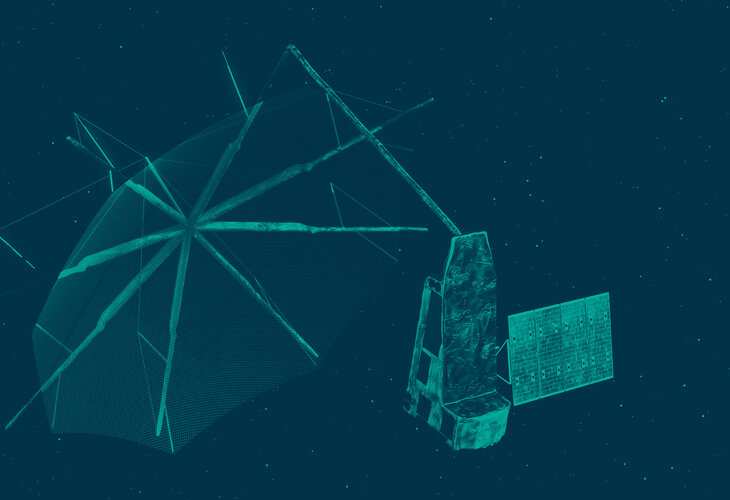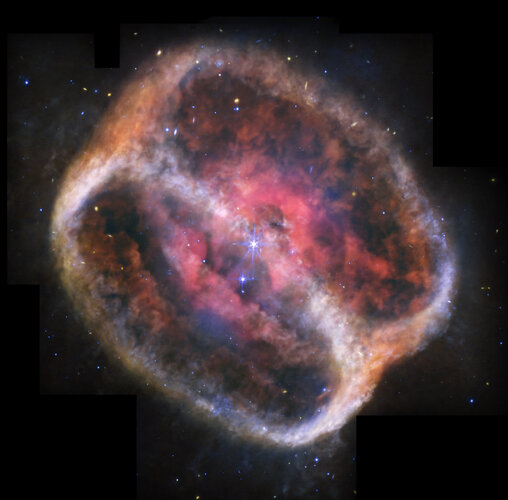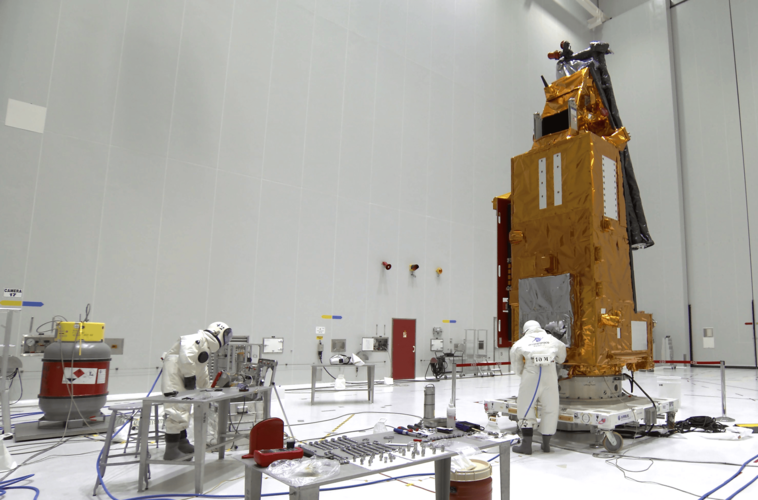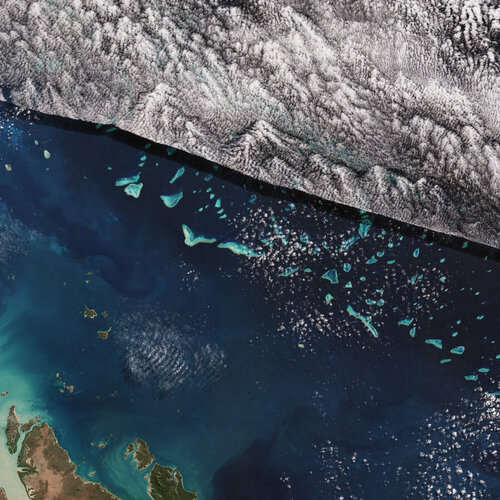Euopean Space Agency Space News
-
Read ESA's Strategy 2040

ESA's Strategy 2040
Read the Five Goals
-
Biomass

Biomass
ESA's forest mission
-
Hera's Mars flyby - Asteroid Framing Camera (colourised)
 Video:
00:02:14
Video:
00:02:14
On 12 March 2025, ESA’s Hera spacecraft soared just 5000 km above Mars and passed within 300 km of its distant moon, Deimos. Captured by Hera’s 1020x1020 pixel Asteroid Framing Camera, this video sequence offers a rare view of the red planet and its enigmatic moon. The original greyscale images have been colour-enhanced based on known surface features.
-
Webb brings dying star's energetic display into full focus
 Image:
Planetary Nebula NGC 1514 (MIRI image)
Image:
Planetary Nebula NGC 1514 (MIRI image) -
Week in images: 07-11 April 2025

Week in images: 07-11 April 2025
Discover our week through the lens
-
Aleš Svoboda | Supersonic, Space Stuff & STEM | ESA Explores #14
 Video:
00:09:17
Video:
00:09:17
Meet Aleš Svoboda— A skilled pilot with over 1500 flight hours, Aleš holds a PhD in aircraft and rocket technology and has commanded Quick Reaction Alerts. From flying high to training underwater, he’s always ready to take on new challenges—now including astronaut reserve training with ESA.
In this miniseries, we take you on a journey through the ESA Astronaut Reserve, diving into the first part of their Astronaut Reserve Training (ART) at the European Astronaut Centre (EAC) near Cologne, Germany. Our “ARTists” are immersing themselves in everything from ESA and the International Space Station programme to the European space industry and institutions. They’re gaining hands-on experience in technical skills like spacecraft systems and robotics, alongside human behaviour, scientific lessons, scuba diving, and survival training.
ESA’s Astronaut Reserve Training programme is all about building Europe’s next generation of space explorers—preparing them for the opportunities of future missions in Earth orbit and beyond.
This interview was recorded in November 2024.
You can listen to this episode on all major podcast platforms.
Keep exploring with ESA Explores!
-
From boring to bursting: a giant black hole awakens

The European Space Agency's XMM-Newton is playing a crucial role in investigating the longest and most energetic bursts of X-rays seen from a newly awakened black hole. Watching this strange behaviour unfold in real time offers a unique opportunity to learn more about these powerful events and the mysterious behaviour of massive black holes.
-
Earth from Space: Great Barrier Reef, Australia
 Image:
This Copernicus Sentinel-2 image shows part of one of the world’s natural wonders – the Great Barrier Reef in the Coral Sea off the east coast of Queensland, Australia.
Image:
This Copernicus Sentinel-2 image shows part of one of the world’s natural wonders – the Great Barrier Reef in the Coral Sea off the east coast of Queensland, Australia. -
Space Rider’s smart ALEK passes bumpy, noisy, shocking testing
